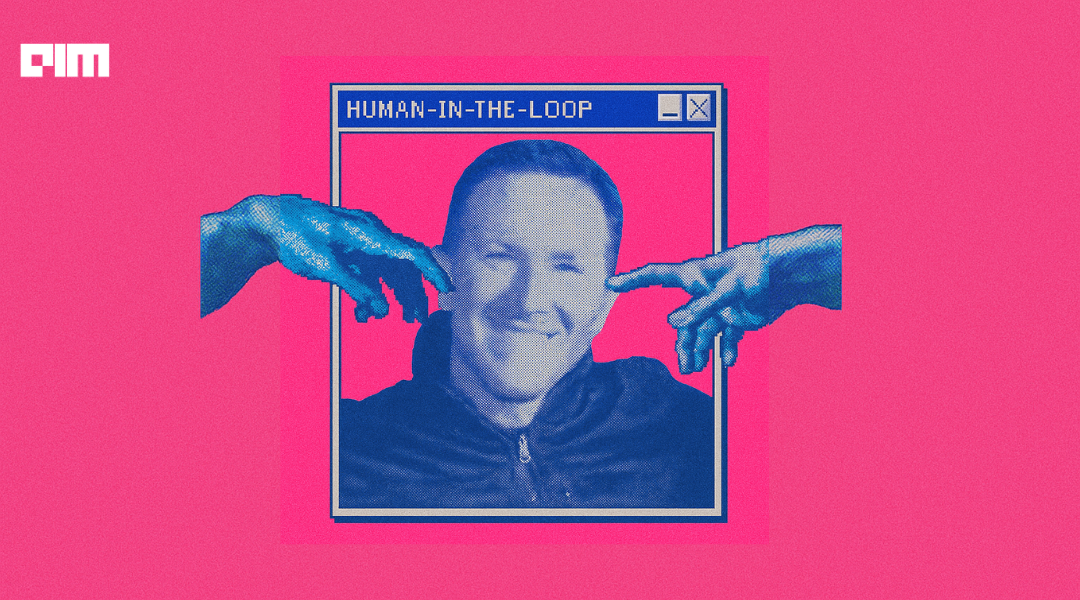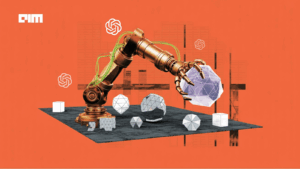As enterprises deploy AI agents across mission-critical functions, many are discovering that AI autonomy comes at a cost. Sometimes a high one. From hallucinated policies to rogue chatbots offering illegal advice, AI’s promise of efficiency can quickly unravel when left unsupervised. San Francisco-based startup Mixus thinks that the answer isn’t full autonomy, but a hybrid model: keep humans in the loop, not as a fail-safe, but as strategic collaborators.
Closing the Reliability Gap
Co-founded by Elliot Katz and Shai Magzimof, who previously pioneered human-in-the-loop systems in autonomous vehicles, Mixus has introduced a platform designed for what it calls “colleague-in-the-loop” AI. Unlike fully autonomous agents that handle tasks from start to finish, Mixus agents are programmed to escalate high-risk decisions to a human overseer. The system is calibrated so that human judgment is applied only where it matters most.
Katz told VentureBeat that “humans only get involved when their expertise actually adds value,” which the company estimates as the top 5–10% of cases. This includes workflows involving financial authorizations, policy enforcement, or anything that could lead to reputational or legal risk.
The approach is gaining traction in enterprise environments. In one example, a major retailer uses Mixus to monitor operational data from thousands of stores. The agent handles the pattern recognition and anomaly detection, flagging potential issues like outlier salary requests, while the final decisions on flagged cases remain in human hands.
Mixus agents can be created with natural language prompts and integrated with familiar tools like Slack, email, and Google Drive. This minimizes context switching and fits into existing workflows. The platform also supports the Model Context Protocol (MCP), enabling integration with proprietary enterprise systems like Salesforce or Jira.
A Temporary Fix?
Mixus’s approach has emerged in response to industry trends. A May 2025 Salesforce study found that AI agents succeed just 35% of the time in multi-step tasks. As a result, some companies, like Klarna, have pulled back on full automation, citing quality concerns. Others, like OpenAI and Slack, have leaned into hybrid models that embed human checks at sensitive junctures.
But embedding humans into AI systems is not without trade-offs. Research from MIT’s Center for Collective Intelligence found that combining humans and AI often underperforms the best solo performer. This is particularly true in decision-heavy tasks, where human oversight can introduce hesitation or misjudgment. However, the study also found that human-AI collaboration improves outcomes in tasks requiring creativity, emotional nuance, or domain-specific expertise: areas where humans still outperform machines.
The effectiveness of human-in-the-loop models, then, depends heavily on how labor is divided and how workflows are designed. Mixus addresses this by allowing users to define risk thresholds and insert approval logic at specific points, building traceability and accountability into the system.
Still, oversight comes with operational cost. Critics argue that relying on human monitors introduces inefficiencies and fosters automation bias, where humans over-defer to machine decisions. As public policy researcher Ben Green pointed out, experts who only review AI outcomes (not the process leading up to them) can lose their decision-making edge. Reviewing final judgments without working through the context can, paradoxically, make oversight more difficult.
The challenge is familiar in other parts of the workforce. Executives, for instance, routinely delegate execution while focusing on outcomes and strategy. The difference is that successful delegation requires trust and visibility. For human-AI collaboration to work at scale, AI systems must not only perform well but also communicate why certain decisions are being made: something Mixus is attempting to solve through transparent workflows and traceable checkpoints.
A Long-Term Bet on Collaboration
The Mixus platform is gaining ground among enterprises, making it human input manageable. The company projects that by 2030, the number of deployed agents could grow 1,000-fold, while the efficiency of each human overseer could increase fiftyfold. Even so, overall demand for oversight will rise as AI systems touch more parts of the enterprise.
This model could shift the shape of AI-era labor. Rather than replacing workers, Mixus envisions elevating them into supervisory roles that orchestrate networks of AI agents. Katz believes this will become a competitive advantage: “Companies that master this multiplication will dominate their industries, while those chasing full automation will struggle with reliability, compliance, and trust.”
Ultimately, Mixus’s model may be more stopgap than destination. As AI grows more sophisticated, the thresholds for human intervention will likely recede.










